Cold temperatures and changing weather stress pipes and equipment, so you need to take steps to protect your home’s water system during winter.
Focus on insulation, maintenance, and proper usage to keep your home water system in top condition this winter. Wrap exposed pipes in unheated areas like basements and attics, and keep your home at a steady, warm temperature. Disconnect outdoor hoses and shut off exterior faucets. These simple actions can prevent frozen pipes and water damage.
Taking care of your water system now will save you headaches later and keep clean water flowing all winter long.
This guide covers the essential steps to protect your water system in cold weather, from insulating pipes to checking for leaks and mineral buildup.
Here's what you need to know:
- Understanding your home's plumbing in winter
- Winterizing your water system
- Regular maintenance and inspection
- What to do if a pipe freezes or bursts in winter
Whether you’re preparing for a cold snap or planning a winter getaway, taking the right precautions now will help your plumbing run safely and efficiently all season long.
Understanding your home's plumbing in winter
Winter can be tough on plumbing as freezing temperatures put pipes at risk of bursting, while poor insulation leaves systems vulnerable.
Let's look at how cold weather affects plumbing and what problems to watch out for.
Common plumbing problems in cold weather
Winter brings unique challenges for plumbing systems.
- Frozen pipes: Look for frost on exposed pipes or no water flow.
- Burst pipes: Check for wet spots on walls or ceilings.
- Water line breaks: Watch for puddles in the yard or low water pressure.
- Clogged drains: Grease hardens in cold pipes, causing blockages.
- Water heater failures: Cold intake water makes units work harder.
Regular maintenance helps prevent many of these problems and we suggest having your plumbing checked before winter hits. This catches issues early and keeps your system running smoothly all season.
Why pipes freeze in winter and how to prevent it
When water freezes, it expands by about 9%, placing huge pressure on pipes, and metal and plastic pipes can often crack or split open.
Pipes in unheated areas are most at risk, such as:
- Outdoor hose bibs
- Pipes in attics, crawl spaces, and exterior walls
- Pipes in unheated garages
Water expands as it turns to ice, pushing outward with great force and even small cracks can release hundreds of gallons of water, causing major damage.
Consequences of poor insulation
Good insulation is key to protecting pipes, as without it, heat escapes quickly, leaving plumbing exposed to freezing air.
Poor insulation can lead to issues like:
- Higher energy bills from heat loss
- Frozen and burst pipes
- Water damage to walls, floors, and belongings
Winterizing your water system
Take steps to winterize pipes, faucets, and water treatment equipment to prevent costly damage and keep everything running smoothly.
How to winterize your home water system before a trip
Extended absences during winter pose serious risks to your plumbing, especially when temperatures drop below freezing. Without flowing water or heat circulation, pipes can freeze, crack, or burst, leading to major water damage. Winterizing your home water system before a trip ensures everything stays protected until you return.
When preparing your home, start by shutting off the main water supply. This step isolates the system and prevents fresh water from entering vulnerable lines. Once shut off, open all faucets throughout the house, from the top floor down, to allow standing water to drain. Toilets should be flushed to empty tanks and bowls, and in colder climates, consider adding non-toxic RV antifreeze to drains and traps to prevent ice blockages in U-shaped plumbing.
If you have a tank-style water heater and plan to be away for more than a few days, draining the tank is recommended. Turn off the power or gas supply first, then use a hose to empty the tank completely. For tankless units, consult the manufacturer’s instructions for winter shutdown, especially if the unit is installed in an unheated space.
Keep the indoor temperature no lower than 55°F (13°C) and open cabinet doors under sinks on exterior walls to promote warm air circulation. Any exposed pipes in garages, crawl spaces, or basements should be insulated or wrapped with heat tape for added protection.
According to the U.S. Department of Energy, maintaining indoor temperatures above 55°F while away in winter is critical to preventing interior plumbing from freezing.
Insulating pipes and faucets
Insulating pipes is a must to stop freezing and foam pipe insulation sleeves are a cheap but effective option. They're easy to install and provide good protection.
For outdoor pipes, add an extra layer of insulation wrap and cover outdoor spigots with foam covers. This gives more protection in very cold weather. For indoor faucets on exterior walls, open cabinet doors to let warm air circulate. This simple step can make a big difference.
Applying heat tape correctly
Heat tape can be a lifesaver for pipes in unheated areas, providing direct warmth to stop freezing. Heat tape works best when combined with insulation and you should wrap the tape directly on the pipe, then add insulation over it. Be extra careful with plastic pipes as some heat tapes aren't safe for them. Always check the label.
When using heat tape:
- Follow the product instructions closely
- Don't overlap the tape
- Use the right length for your pipes
- Check it yearly for wear and tear
Protecting wour Water softener
Water softeners need special care in winter and if yours is in an unheated area, take steps to keep it warm. Insulate the softener tank with a blanket or foam wrap to protect the internal parts and resin beads from freezing.
For extreme cold, a small space heater near the softener can help but be sure to follow all safety guidelines. Additionally, if you're leaving for an extended time, consider draining the system as this removes water that could freeze and cause damage.
How frost-free spigots protect your plumbing in cold weather
Frost-free spigots are a smart choice for cold climates as they have a long stem that lets water drain back into the house.
When installing frost-free spigots:
- Make sure they slope slightly downward
- Caulk around the opening to seal out cold air
- Remove hoses before winter to allow proper drainage
Even with frost-free spigots, you should add insulation and wrap the pipe inside the house for extra protection. Remember to close any shut-off valves for outdoor faucets in winter too.
Regular maintenance and inspection
Keeping your home water system in top shape requires consistent care and attention. Regular checks can prevent major issues and save you money in the long run.
Scheduling expert inspections
Book a professional inspection of your water system at least once a year as experts can spot problems you might miss. They'll check pipes, connections, and fixtures for wear and tear, and also test water quality and pressure to ensure everything's working right.
Book inspections in the fall before cold weather hits as this lets you fix any issues before winter freezes cause bigger problems. Keep a log of inspection dates and findings to track your system's health over time.
Checking for leaks and mineral buildup
Look for signs of leaks regularly by checking under sinks, around toilets, and near appliances. Wet spots, mold, or musty smells can be difficult to remove if ignored. You can also test for leaks by reading your water meter before and after two hours when no water is used. If the reading changes, your system might have a leak.
Mineral buildup can slow water flow so look for white crusty deposits on faucets and showerheads and clean these with vinegar to improve flow. If you notice low water pressure, it could be due to buildup in pipes. Schedule a professional inspection if you suspect this issue.
Addressing clogged drains proactively
Slow drains are a warning sign of a clog and you can use a plunger or a drain snake to deal with minor clogs. Avoid harsh chemicals that can damage pipes and opt for a homemade drain unblocker solution instead.
Put drain covers in sinks and showers to catch hair and debris. Clean these covers often and run hot water down drains weekly to help prevent buildup. For kitchen sinks, don't pour grease down the drain as it can solidify and cause clogs. Instead, wipe grease from pans with paper towels and throw them in the trash.
What to do if a pipe freezes or bursts in winter
Frozen pipes are among the most urgent winter plumbing issues. When water inside a pipe freezes, it expands, putting extreme pressure on the pipe walls, often causing cracks or full ruptures. A burst pipe can release hundreds of gallons of water in a matter of hours, so acting fast is essential to minimize damage.
If you suspect a frozen pipe, the first step is to turn off your home’s main water supply. This prevents additional water from entering the system and reduces the risk of flooding if a rupture occurs. Next, locate the frozen section, commonly near exterior walls, crawl spaces, or unheated basements—and gently warm it using a hair dryer, space heater, or warm towels. Always start warming near the faucet and work your way backward to avoid creating a steam trap.
Never use open flames, torches, or propane heaters on plumbing. These are fire hazards and can damage the pipe material. If the pipe hasn’t burst, you may restore flow within minutes. However, if you see bulges, cracks, or water leakage, the pipe has likely failed and should be left untouched until a plumber arrives.
In the event of a rupture, keep the water main turned off, open nearby faucets to relieve pressure, and place buckets or towels to control leaking water. Shut off power to affected circuits if water is near electrical outlets or appliances.
A burst pipe can discharge over 250 gallons of water per day, according to the International Code Council, making it one of the costliest winter home emergencies.
Conclusion
Winter places unique stress on your home water system, but with proper preparation, you can avoid frozen pipes, leaks, and costly repairs. From insulating exposed lines and applying heat tape to checking for mineral buildup and scheduling professional inspections, each step plays a key role in maintaining performance and preventing damage.
We’ve also covered how to protect your water softener, use frost-free spigots effectively, and apply year-round maintenance practices to extend your system’s life. For homeowners traveling during winter, winterizing your water system is especially critical to avoid major plumbing failures while you’re away.
If you’re unsure whether your system is fully protected, schedule a winter inspection with our licensed plumbers. We’ll evaluate your home’s water system and recommend targeted solutions to ensure it’s safe, efficient, and built to withstand the cold.
Get in touch to arrange an inspection of your water system to avoid future problems. Alternatively, speak to us about installing a new, energy-efficient system to lower your utility bills.

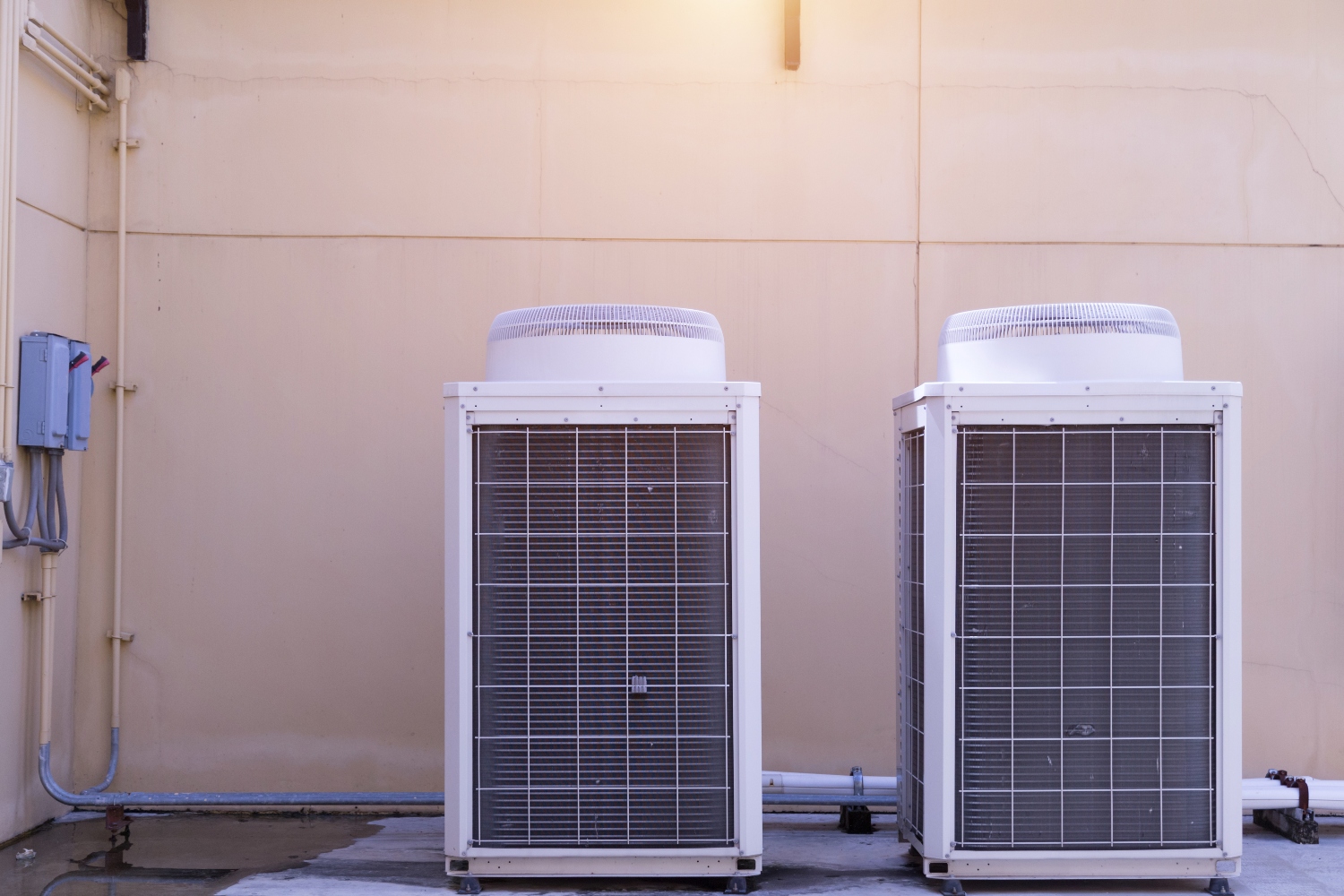
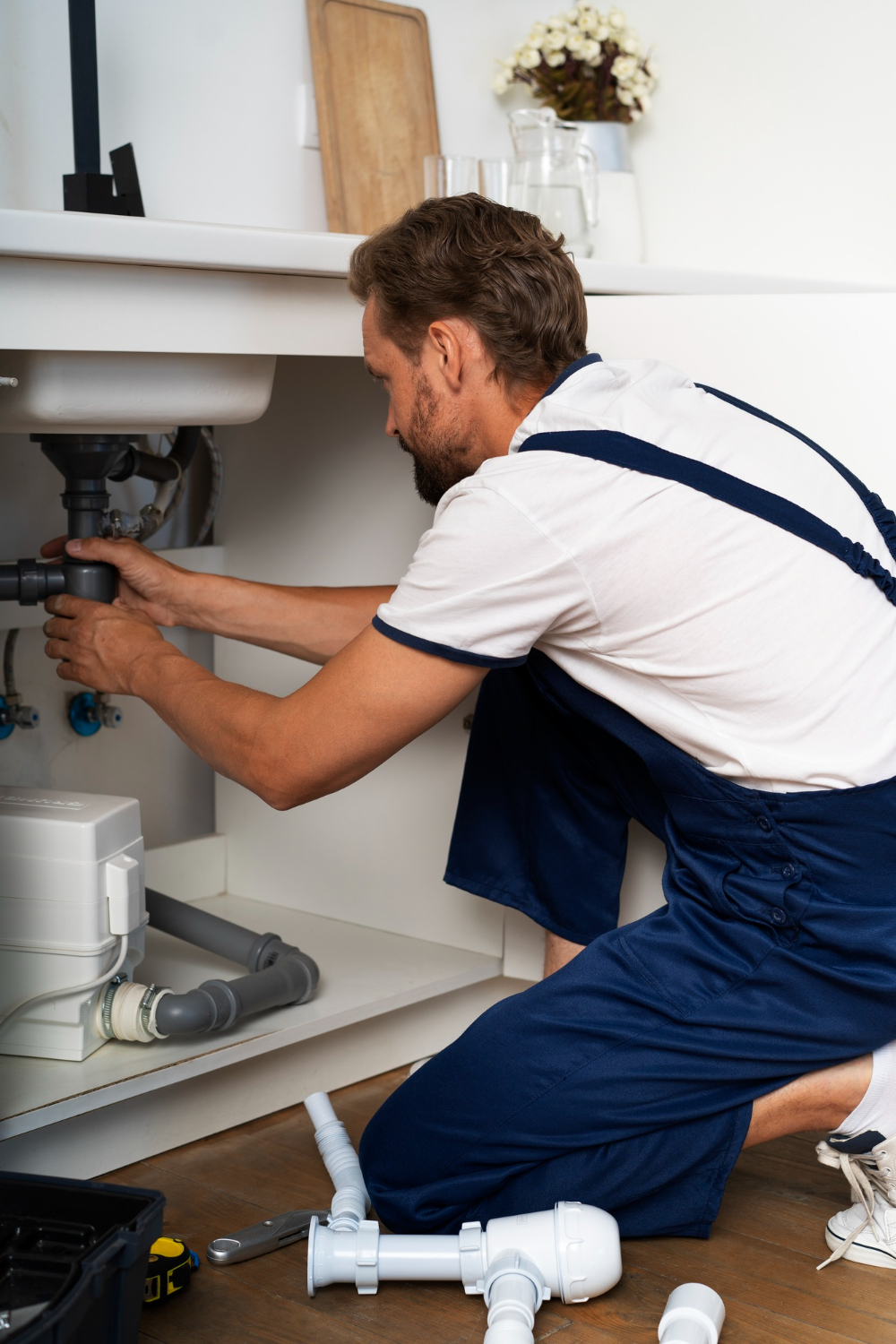
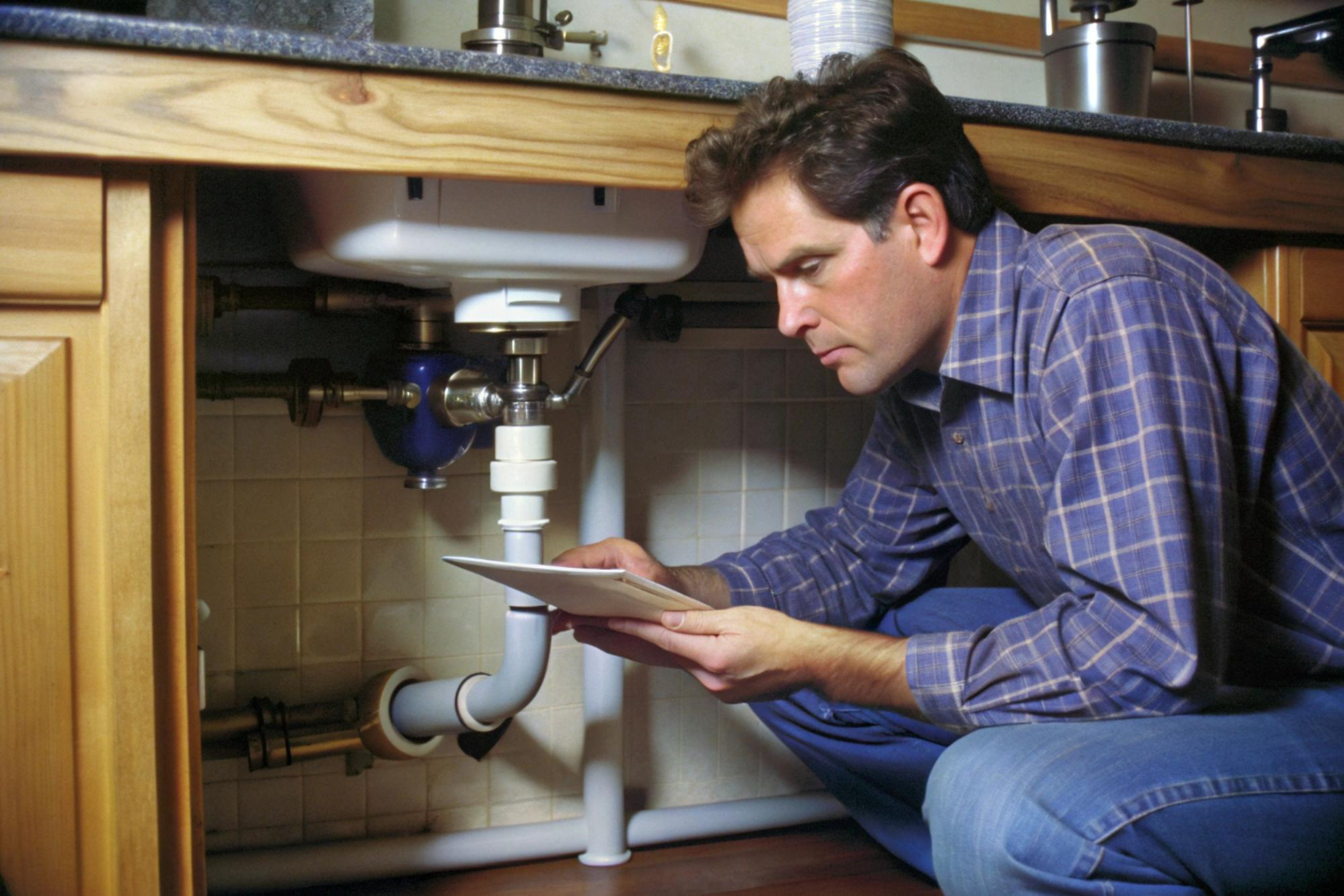
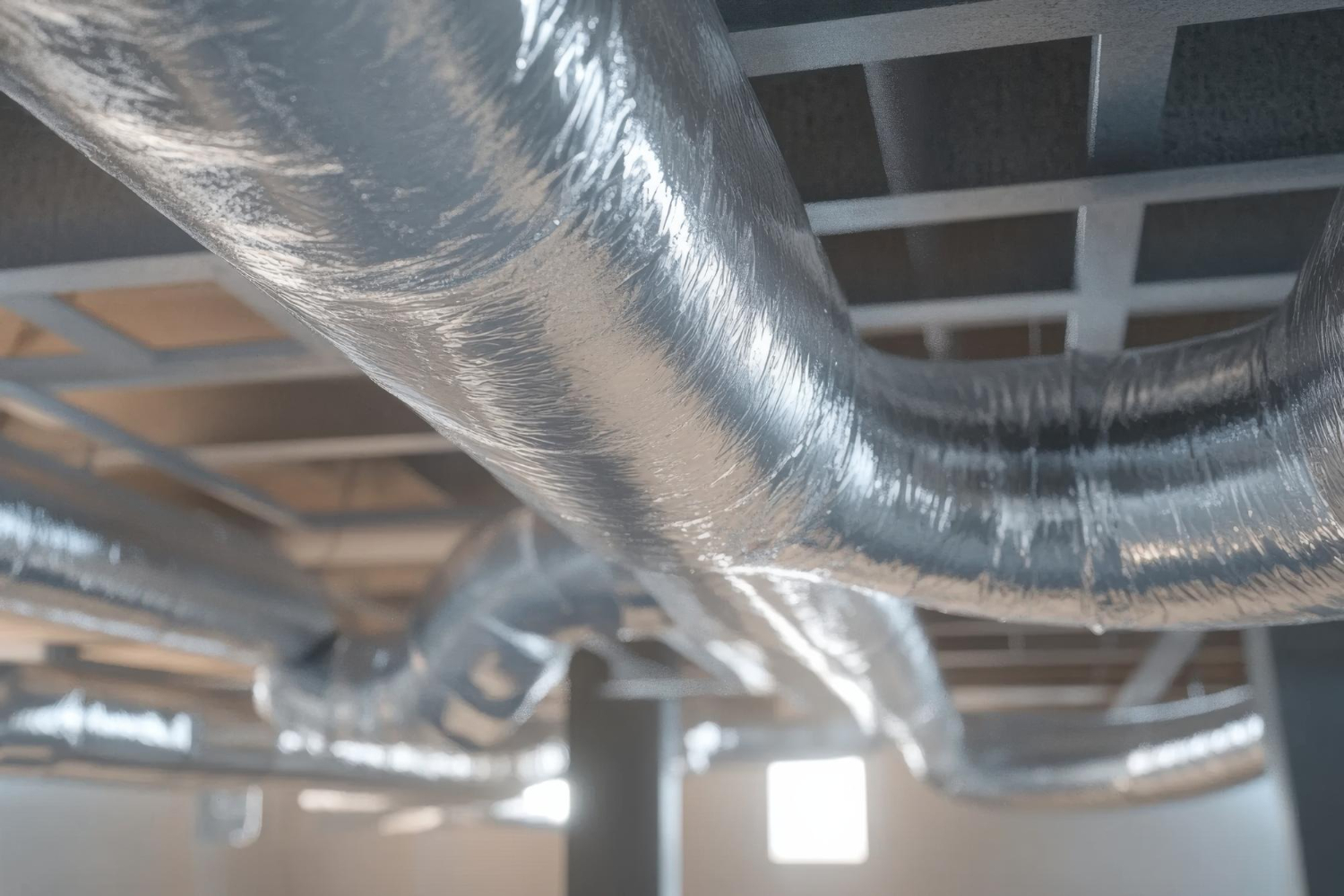
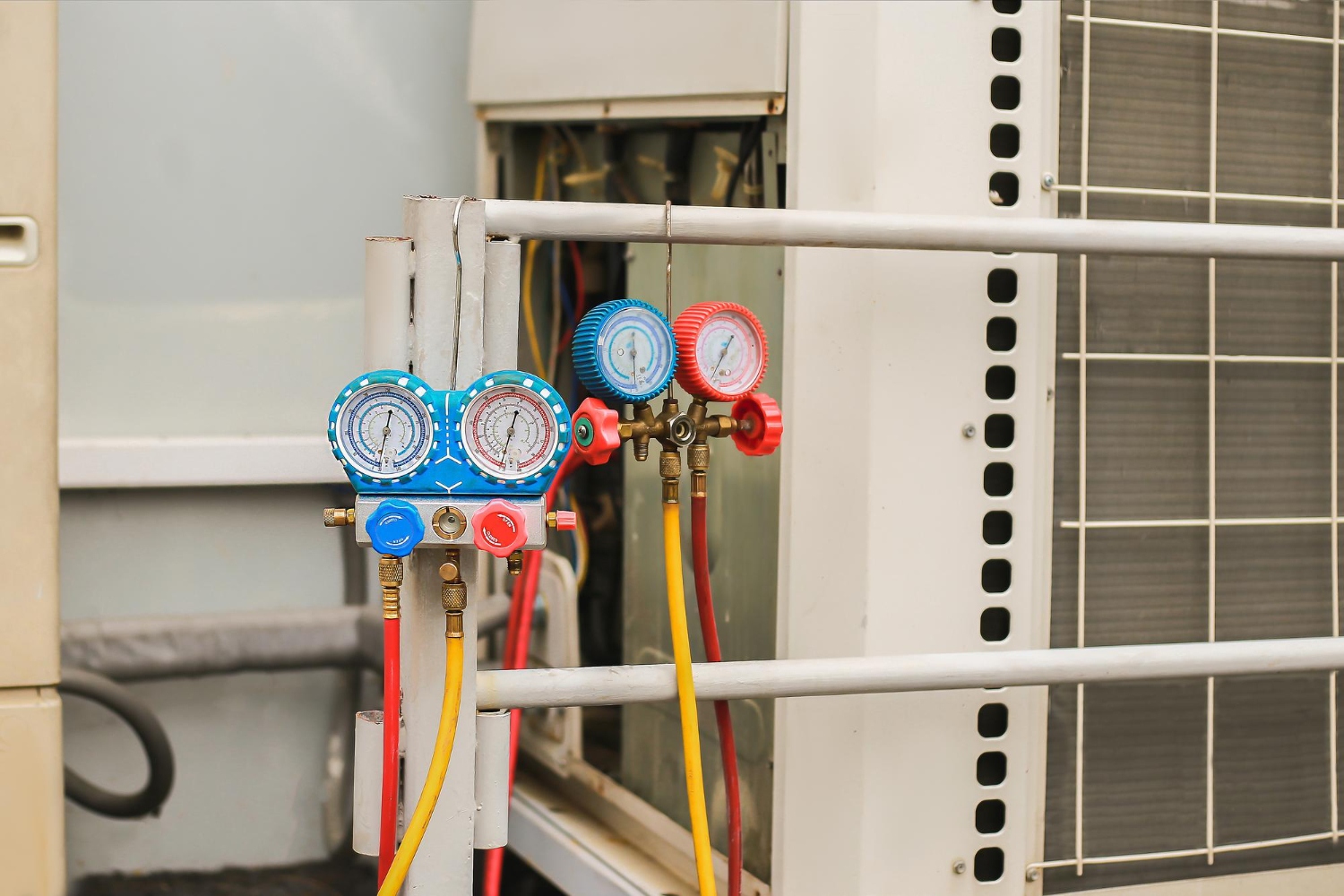
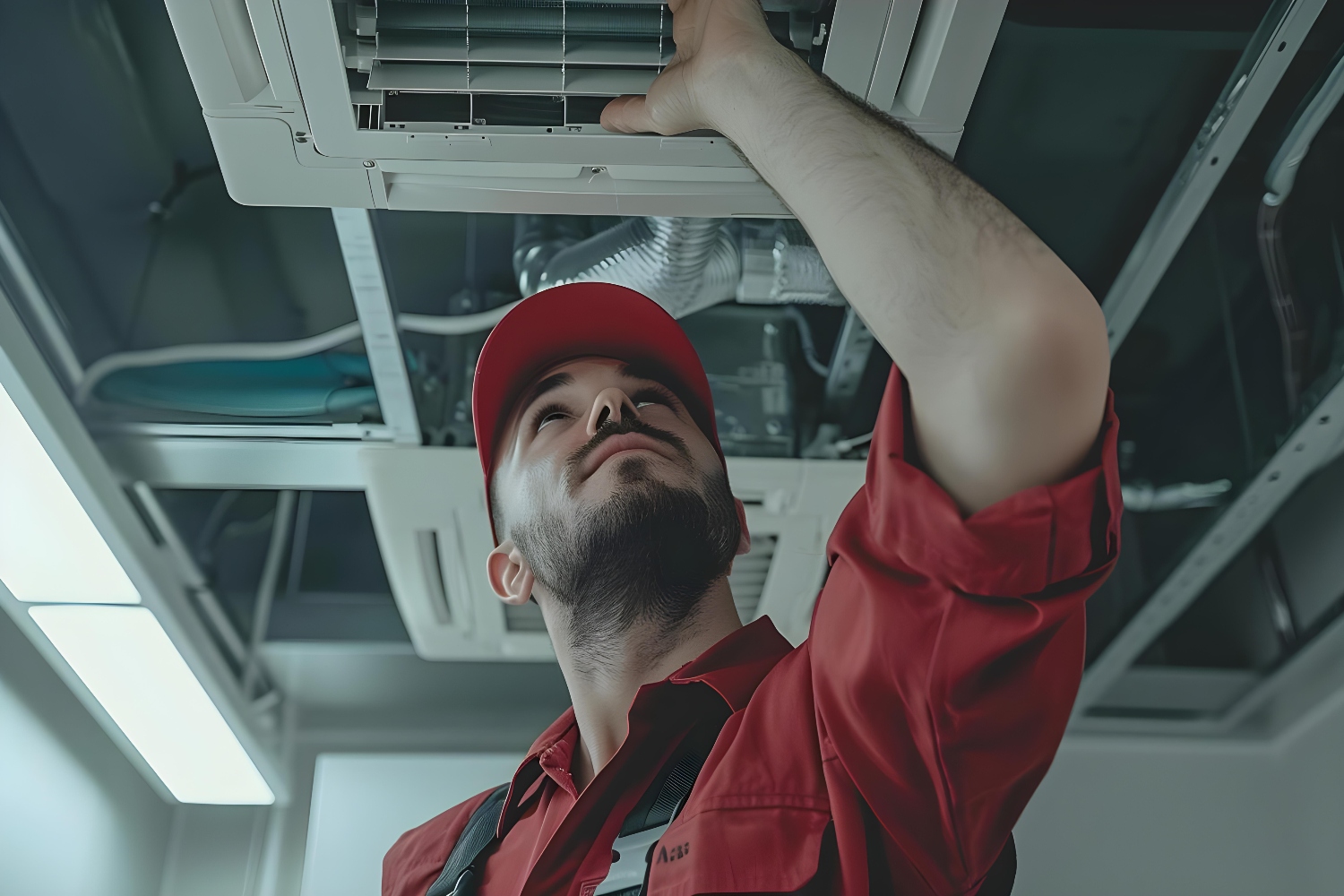
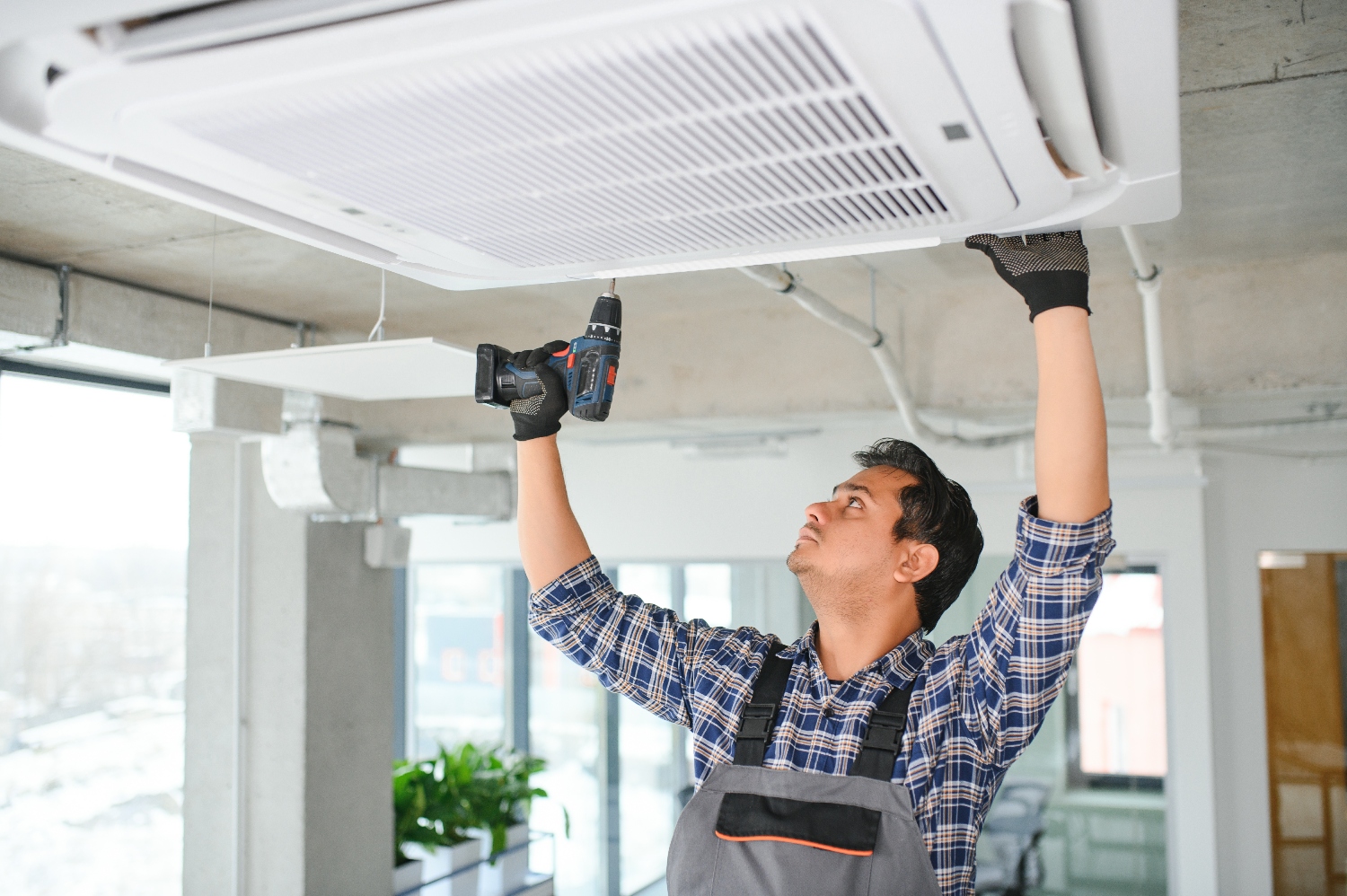
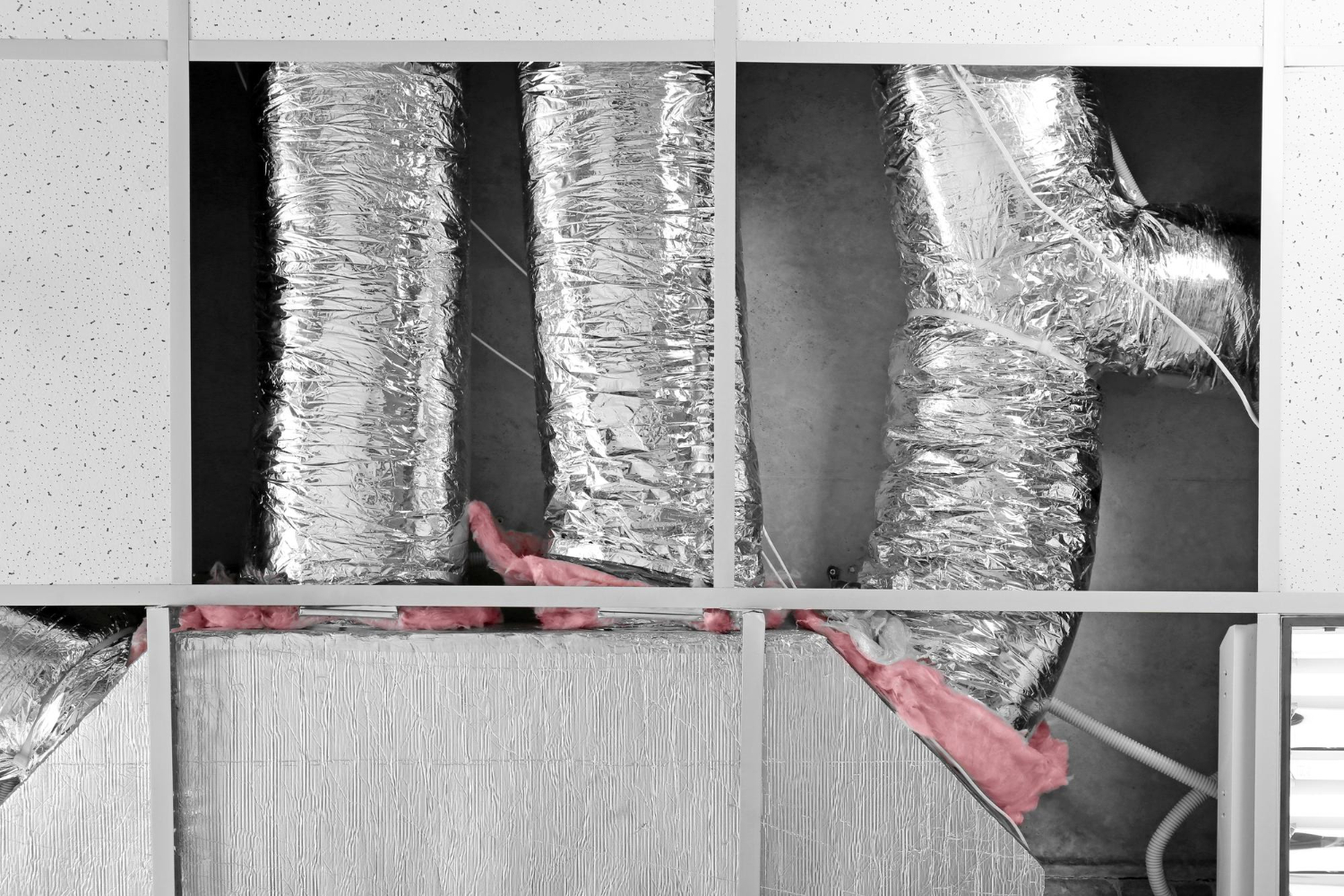




























































.jpg)
.jpg)

.jpg)
.jpg)




















